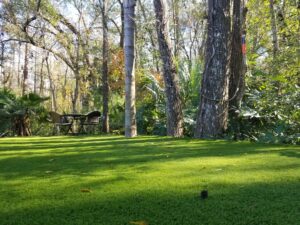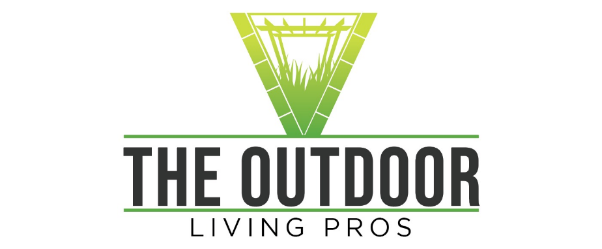Thinking about installing synthetic turf? Before diving into the project, it’s essential to understand the ins and outs of synthetic turf to make informed decisions. Here are several crucial things to know before embarking on your synthetic turf installation journey:
- Quality Matters: Not all synthetic turf is created equal. Quality varies based on factors such as material composition, manufacturing processes, and durability. Invest in high-quality synthetic turf that is designed to withstand heavy foot traffic, UV exposure, and harsh weather conditions for long-lasting performance and aesthetics.
- Purpose and Usage: Consider the intended purpose and usage of the synthetic turf area. Will it be used for residential landscaping, sports fields, playgrounds, or pet areas? Different applications may require specific turf characteristics, such as pile height, infill options, and drainage systems. Tailor the synthetic turf specifications to suit the intended use and performance requirements.
- Site Preparation is Crucial: Proper site preparation is essential for a successful synthetic turf installation. This includes ensuring adequate drainage, leveling the surface, and addressing any underlying issues such as poor soil quality or drainage problems. Thorough site preparation sets the foundation for a durable and aesthetically pleasing synthetic turf installation.
- Infill Options and Considerations: Infill plays a critical role in the performance and longevity of synthetic turf. It provides stability, cushioning, and support for the turf fibers while enhancing shock absorption and drainage. There are various infill options available, including silica sand, rubber granules, and organic materials. Choose an infill option that aligns with your performance, safety, and environmental preferences.
- Maintenance Requirements: While synthetic turf requires less maintenance than natural grass, it’s not entirely maintenance-free. Regular maintenance tasks such as brushing, grooming, and debris removal are necessary to keep the turf looking and performing its best. Additionally, periodic inspections and repairs may be needed to address wear and tear, seam separations, or infill compaction.
- Environmental Considerations: Synthetic turf offers several environmental benefits, such as water conservation and reduced pesticide use compared to natural grass. However, it’s essential to consider the environmental implications of synthetic turf, including its carbon footprint, end-of-life disposal, and potential heat island effects. Choose environmentally friendly turf options and practices whenever possible to minimize environmental impact.
- Installation by Professionals: Artificial grass installation is a specialized process that requires knowledge, skill, and experience. While DIY installation may seem tempting, it’s advisable to hire professional installers who are trained and certified in synthetic turf installation techniques. Professional installation ensures proper techniques, quality materials, and adherence to industry standards for optimal results.
- Warranty and Longevity: Before purchasing synthetic turf, review the manufacturer’s warranty and understand the expected longevity of the turf product. Quality synthetic turf products typically come with warranties ranging from 8 to 15 years or more, depending on factors such as usage, maintenance, and environmental conditions. Choose a reputable manufacturer with a track record of producing durable and reliable turf products.
By familiarizing yourself with these key considerations, you’ll be better equipped to make informed decisions and ensure a successful synthetic turf installation that meets your needs, preferences, and expectations. Whether you’re transforming your backyard into a lush oasis or upgrading a sports field for enhanced performance, synthetic turf offers a versatile and sustainable solution for a variety of applications.
12600 S Belcher Rd Suite 106A, Largo, FL 33773, USA
(888) 297-6972


Recent Comments